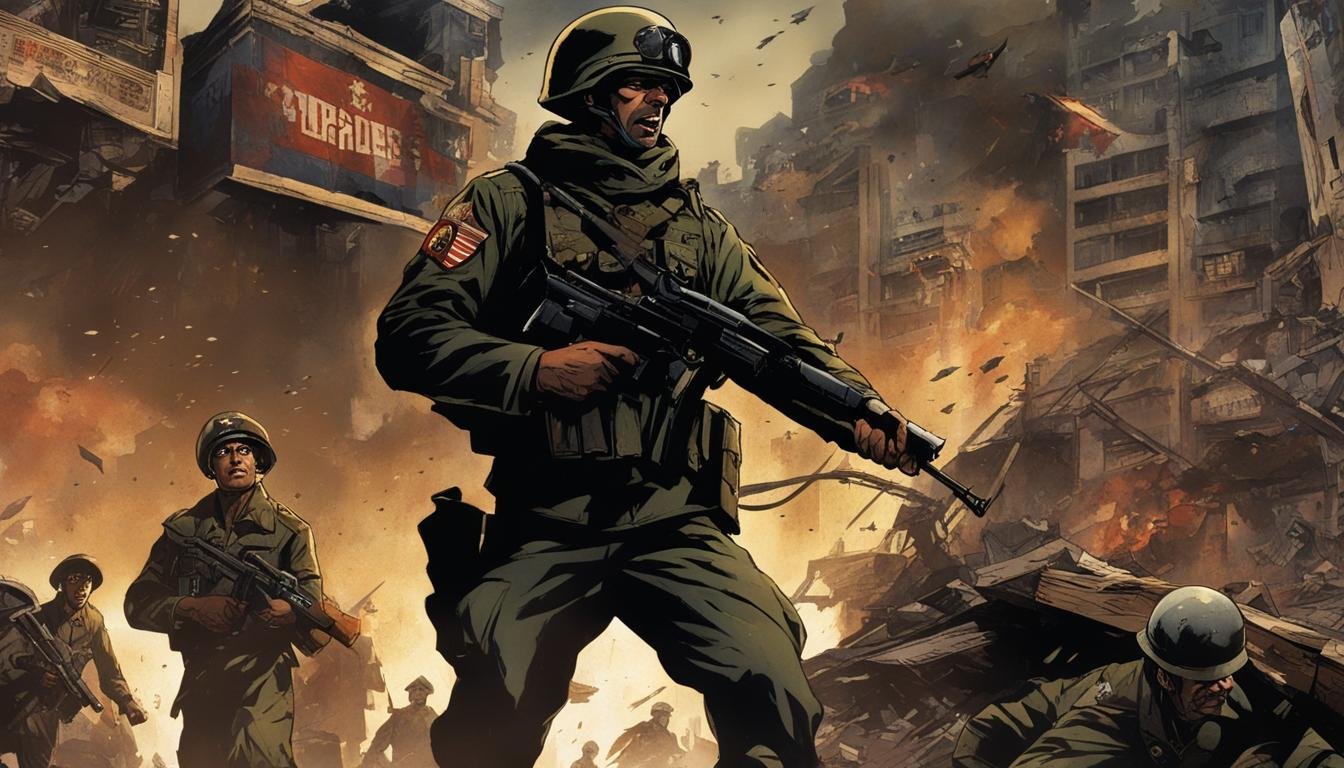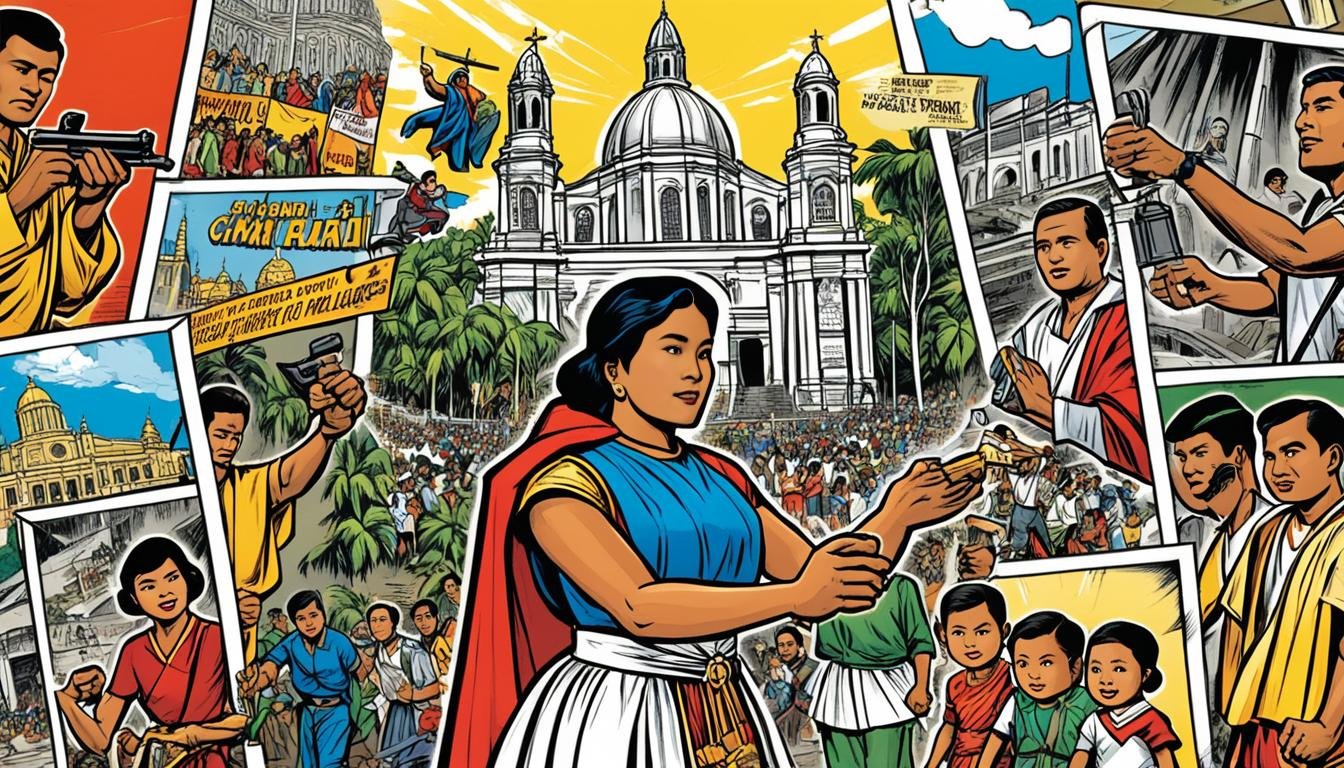The post-war period marked a transformative phase for Filipino cinema, emerging as a powerful cultural force. Defined as both an art form and an industry, cinema became a medium for storytelling and economic growth. This era saw the blending of global influences with local narratives, creating a unique cinematic identity. Technological advancements and economic shifts…
Third Republic (1946-1972)
Post-Independence Reconstruction and the Textile Sector: A Philippine Case Study
The textile industry in the Philippines has a long history. In 1931-1940, textiles made up about 20% of the country’s imports1. This shows how vital the textile industry is to the Philippines. Over the years, the industry has seen big changes. Modern machinery and technology have been key for its growth after independence. The Philippines’…
The Elusive Flame: Unraveling the Enigma of Licerio Gerónimo 🇵🇭
Have you ever heard whispers of a man, a warrior, who seemed to vanish into thin air, only to reappear when least expected? A man whose name echoed through the mountains, striking fear into the hearts of the colonizers? Today, we dive into the fascinating and complex story of Licerio Gerónimo, a Filipino revolutionary leader…
Remembering President Garcia’s Formosa Remarks
In 1957, President Carlos P. Garcia made a speech that changed a lot. It started a big debate over who should own Formosa (now called Taiwan). His words made people inside and outside the Philippines talk a lot, and they didn’t all agree. For a long time, there was disagreement between the Philippines and Taiwan…
The First Filipino Tycoon: The Life and Legacy of Vicente Madrigal
One man’s journey shaped the path of Philippine business. Vicente María Epifanio López Madrigal (April 5, 1880 – June 6, 1972) was a Spanish Filipino. He was a key businessman, industrialist, and politician in the Philippines during the 20th century. Madrigal created big companies in coal, oil, sugar, cement, shipping, and real estate. This built…
Lapiang Malaya: The Fanatical Political Party in the Philippines
In the 1950s and 1960s, the Philippines saw a unique political group form and then fade away. This was the Lapiang Malaya, a party driven by the strong presence of its leader, Valentin de los Santos. It started in the 1940s and gained members from the countryside in Southern Luzon. They wanted to bring what…
The Marcos Regime: The Emergence of Authoritarianism and Corruption in the Philippines (1965-1972)
The Marcos regime in the Philippines from 1965 to 1972 marked a period of increasing authoritarianism and corruption. Led by President Ferdinand Marcos, the regime ushered in a time of political repression, human rights abuses, economic challenges, and widespread cronyism. While the early years of Marcos’ presidency saw a focus on industrialization and infrastructure development,…
The Role of the Catholic Church in Philippine Politics and Society (1946-1972)
The Catholic Church has played a significant role in shaping Philippine politics and society during the period from 1946 to 1972. As a predominantly Catholic country, the influence of the Church extends beyond religious matters and has a profound impact on the political landscape and cultural fabric of the Philippines. During this period, the Catholic…
The Cultural and Educational Reforms in the Philippines (1946-1972)
The post-war years from 1946 to 1972 were a significant period of cultural and educational reforms in the Philippines. These reforms aimed to shape Filipino cultural identity and transform the Philippine educational system to meet the needs of a developing nation. Under Japanese occupation during World War II, the educational system underwent significant changes as…







